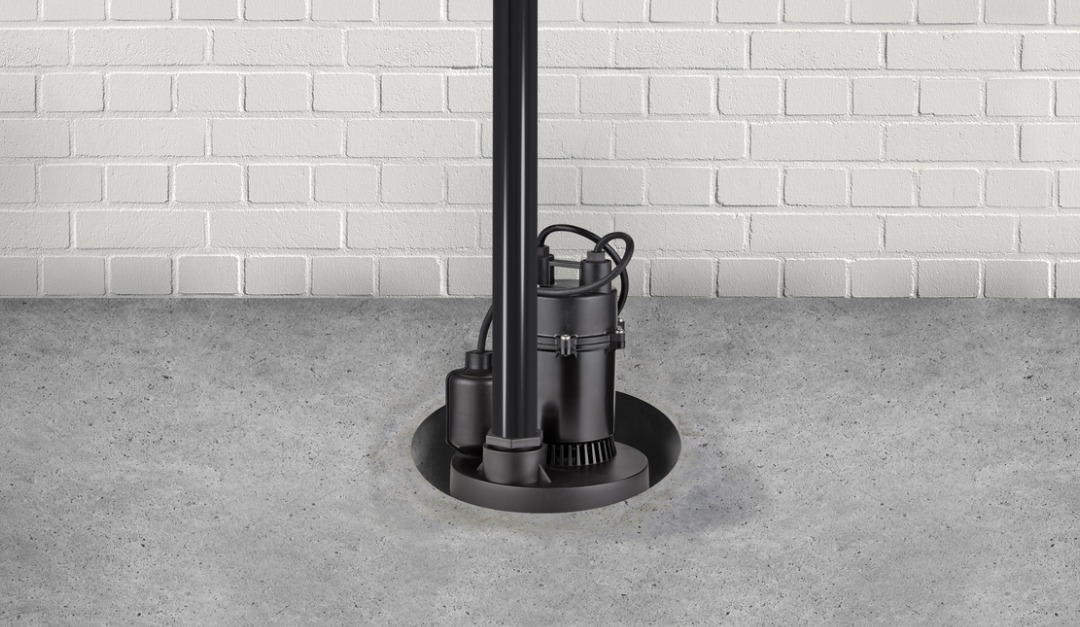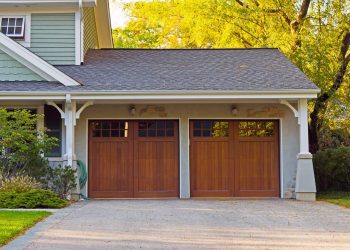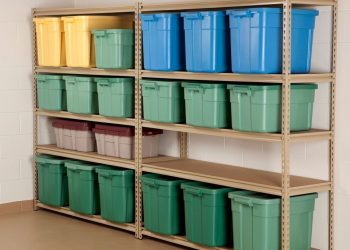A flooded basement can cause major structural problems and repairs can be expensive. Moisture can also cause mold, which can trigger allergic reactions, asthma-related complications and respiratory infections. A sump pump can prevent flooding by removing water so it can’t rise to the same level as the basement floor.
How Does a Sump Pump Work?
A pit, or basin, is dug at the lowest point of the house and a sump pump is installed in the basin. A sump pump is usually on standby. If the ground outside the house becomes saturated from heavy rain and water begins to fill the basin, the sump pump turns on. Valves detect a rise in the water level or pressure and remove water via a discharge line. The water should be directed into a nearby pond or another body of water or into a drain on the street.
Should You Install a Sump Pump?
If you live in an area that gets a lot of rain, if your basement sits below the water table or if nearby hills cause water to run down toward your property, your home is at risk for flooding. A sump pump can protect your washer, dryer and other appliances; prevent foundation damage, mold and mildew; keep the basement dry; and improve indoor air quality. If you have a finished basement, a sump pump can protect your furniture, floor coverings and electronic devices from damage.
How to Choose a Sump Pump
A submersible sump pump has a pump and motor in one unit, completely submerged in the basin. This option is quieter and takes up less space than other types of sump pumps, but it might not last as long.
In a pedestal sump pump, the motor and pump are separate. The pump sits in the basin and the motor sits on a pedestal above it. Maintenance is easier than it is for a submersible sump pump and the motor lasts longer because it is not submerged, but a pedestal sump pump can also be noisier.
A sump pump with a battery backup can work even if a storm knocks out electricity. A sump pump with a water-powered backup uses an increase in water pressure to clear water in the basin. It requires additional water, which can raise your water bills. Water-powered backups are not allowed in some cities, so be sure to do your research.
It’s important to choose a sump pump with the right horsepower. A model with too little horsepower won’t protect your home from flooding and too much horsepower can cause the sump pump to repeatedly turn on and off, which can reduce its lifespan.
The cost of a sump pump and installation depend on the type of pump and its size, horsepower and other features. If you have a cement or concrete basement, part of it will need to be removed. You will also need to install drainage lines or extension hoses and obtain a permit.











